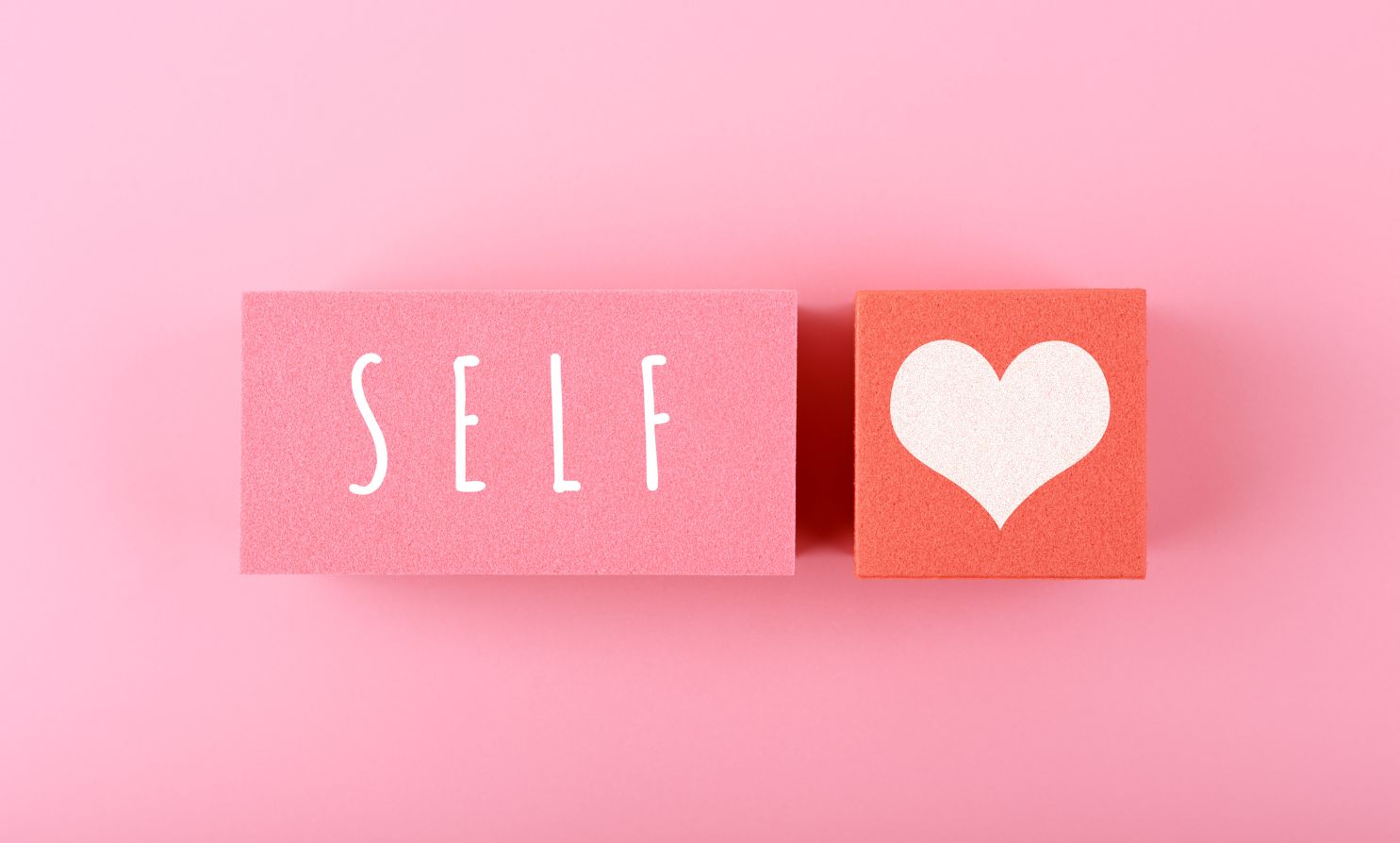
Could something as simple as your grip strength reveal insights about your brain health?
A recent Chinese study suggests it might. The study examined over 1,000 women over the age of 50 found a compelling link: a 10% difference in grip strength between your hands could signal a higher risk of cognitive decline and mild cognitive impairment (MCI)—an early warning sign for Alzheimer’s disease.
This connection highlights the importance of muscle function as we age and how subtle changes might provide clues about our brain health.
Understanding the Concept: Your Brain Is Like a Balanced Scale

Imagine your brain is like a scale that stays balanced when everything works smoothly. Each hand represents one side of the scale. If one side suddenly becomes much heavier (stronger) or lighter (weaker), the imbalance may point to underlying issues—just like grip strength asymmetry can reveal cognitive decline.
Your body often gives early signals, but these small imbalances are easy to ignore. Let’s explore why hand grip strength matters, how it connects to brain health, and what steps you can take to improve it.
This article is based on research from the study published in Frontiers in Aging Neuroscience. You can access the full study here.
1. Grip Strength as a Predictor of Cognitive Decline
Research shows that both weaker overall grip strength and asymmetry between hands are linked to poorer brain function. Think of grip strength as a window into your overall physical and neurological health—declines in strength can reflect deteriorating cognitive functioning, especially in aging populations.
For example, someone struggling to open jars or carry groceries might think it’s just aging. However, it could indicate early cognitive changes worth discussing with a doctor.
2. The 10% Asymmetry Marker
If one hand is 10% stronger or weaker than the other, this imbalance may suggest mild cognitive impairment. The study found that asymmetry in grip strength—especially when the nondominant hand is unexpectedly stronger—was linked to cognitive decline.
Think of this like a pair of shoes: if one shoe wears out faster, it tells you something about how you’re walking. Grip strength imbalances tell us something about how the brain is functioning.
3. Why Non-Dominant Hand Asymmetry Matters
Normally, your dominant hand is stronger because it performs most daily tasks. If the non-dominant hand becomes stronger, it can signal neurological changes affecting coordination and strength.
For example, someone noticing this shift might struggle with tasks requiring fine motor skills, like writing or using utensils, which could hint at changes in brain activity.
4. Who Was in the Study?
The study focused on adults aged 50 and older from rural China, making the findings particularly relevant for aging populations worldwide. This age group is at a higher risk of MCI and Alzheimer’s, emphasizing the importance of monitoring simple health markers like grip strength.
5. Ethnic and Genetic Variations

Interestingly, the link between grip strength and cognitive decline differed across ethnic groups in the study (e.g., Han, Mongolian, Manchu). This suggests that genetics, diet, and lifestyle factors can influence how the brain and muscles interact.
For readers, this highlights that individual differences matter, and health markers should be interpreted within the broader context of one’s background and habits.
6. A Simple, Accessible Test
Measuring hand grip strength is an easy, non-invasive, and affordable test that can be done with a hand dynamometer (a simple tool to measure grip force). Measuring hand grip strength can provide valuable insights into both physical and cognitive function, making it an excellent early screening tool for overall health. This makes it an excellent early screening tool for brain health without expensive scans or tests.
Example: A doctor or fitness trainer could assess your grip strength in a few minutes, providing valuable insights about your neurological health.
7. Exercise as an Intervention

The study also points to exercise as a solution. Systematic reviews indicate that cognitive-based interventions and healthy lifestyle behaviors can enhance cognitive outcomes, such as memory and overall cognitive performance, particularly in older adults. Multicomponent exercises—such as strength training, stretching, and balance exercises—can improve grip strength, reduce asymmetry, and boost cognitive function.
For instance, activities like yoga, resistance band exercises, or carrying groceries with both hands can help balance grip strength while benefiting the brain.
Grip Strength as a Preventive Tool for Dementia Risk
Monitoring grip strength asymmetry can help individuals catch cognitive decline early and take preventive steps. If you notice significant differences, it might prompt you to see a healthcare professional for further cognitive screening.
Think of it like checking your car’s tire pressure—early detection helps prevent bigger problems.
9. A Link to Overall Health
Grip strength isn’t just about brain health; it is also a measure of muscle strength, which is associated with cardiovascular health, mobility, and overall mortality risk. Addressing grip strength asymmetry can have a ripple effect, improving multiple areas of physical well-being.
10. A Call for Awareness and Action
This study encourages people to pay closer attention to their bodies. Small changes, like grip strength imbalances, are red flags that shouldn’t be ignored. Awareness can lead to self-referral, early diagnosis, and lifestyle changes that protect long-term brain health.
The Role of Hand Grip Strength in Brain Health

Hand grip strength is more than just a measure of muscle function; it’s a significant indicator of overall brain health and cognitive function. Research has consistently shown a close link between grip strength and cognitive decline, making it a valuable tool for identifying dementia risk.
For instance, a study published in the Journal of Alzheimer’s Disease found that hand grip strength was a strong predictor of cognitive decline in older adults. This suggests that monitoring grip strength could help identify individuals at risk of cognitive impairment and dementia early on.
But the benefits of grip strength don’t stop at brain health. It’s also closely linked to physical performance measures like walking speed and balance.
A study in the Journal of Gerontology highlighted that hand grip strength is a strong predictor of these physical performance measures in older adults. This means that grip strength can also be a useful tool for identifying individuals at risk of physical frailty, which often goes hand-in-hand with cognitive decline.
Think of grip strength as a two-in-one health marker: it provides insights into both your brain and physical health. By paying attention to this simple measure, you can take proactive steps to maintain your cognitive function and overall well-being.
Factors That Influence Hand Grip Strength and Cognitive Decline

Several factors can influence hand grip strength and cognitive decline, including age, sex, and lifestyle choices. Age is one of the most significant risk factors for cognitive decline and dementia, with the risk increasing exponentially after the age of 65. Similarly, sex plays a role, with women being more likely to develop dementia than men.
Lifestyle factors, however, offer a modifiable way to influence both grip strength and cognitive function. Physical activity, for example, has been shown to improve hand grip strength and cognitive function in older adults.
A study published in the Journal of Alzheimer’s Disease found that regular physical activity was associated with better grip strength and cognitive health. This suggests that staying active can be a powerful tool for preventing cognitive decline and dementia.
Diet also plays a crucial role. Nutrient-rich foods that support muscle and brain health can help maintain grip strength and cognitive function. Incorporating a balanced diet with plenty of fruits, vegetables, lean proteins, and healthy fats can make a significant difference.
In summary, while some risk factors for cognitive decline are beyond our control, lifestyle choices like physical activity and diet offer a proactive way to maintain both grip strength and cognitive health.
You can take real steps to lower your risk of cognitive decline and improve your quality of life by focusing on these areas.
Tips to Improve Grip Strength and Correct Asymmetry

If you’ve noticed weakness or imbalances in your hands, addressing muscle weakness through targeted exercises can help improve grip strength and correct asymmetry. Here are some simple exercises to strengthen and balance them:
- Hand Grippers: Use a hand gripper to strengthen both hands, focusing on the weaker hand.
- Farmer’s Carries: Carry weights (or bags) evenly in both hands while walking. Your goal is to carry 50% of total body weight for 60 seconds – this is the goal, not necessarily the starting point
- Towel Squeeze: Roll a towel and squeeze it with each hand for 10-15 seconds.
- Finger Resistance: Use rubber bands around your fingers to strengthen extensor muscles.
- Daily Tasks: Perform more daily activities (e.g., brushing teeth, eating) with your non-dominant hand to encourage balance.
Final Thoughts
This research highlights how something as simple as hand grip strength can provide early insights into brain health. Focusing on little physical signs like uneven grip, we can take action to protect our brain health and overall health.
Don’t ignore the little things—your body might be sending you a message worth listening to.
If you’re curious, consider testing your grip strength at home or with a professional. Early action today could mean a healthier brain tomorrow!
Explore More: 3-Minute Grip Strength Workout
Workout 1: Foundational Grip Strength
- Towel Squeeze (1 minute)
- How to do it: Roll a towel, squeeze tightly in your weaker hand for 10 seconds, then the stronger hand for 5 seconds. Repeat 3 times.
- Why it works: This exercise targets the finger flexors and forearm muscles, creating muscle tension and improving endurance. Squeezing activates more muscle fibers, encouraging repair and growth.
- Farmer’s Carry Hold (1 minute)
- How to do it: Hold a weight (dumbbell or heavy bag) in one hand for 30 seconds. Switch to the other hand for 15 seconds. Repeat once.
- Why it works: This isometric hold engages the entire grip mechanism (forearms, fingers, and wrists) and improves congestive repair—the body’s response to prolonged muscle tension that triggers repair and strengthening of muscle fibers.
- Finger Extensions with Bands (1 minute)
- How to do it: Wrap a rubber band around your fingers and stretch outward 10 times on each hand.
- Why it works: This counteracts grip contraction by strengthening extensor muscles, improving balance, and preventing overuse injuries while stimulating new muscle fiber recruitment.
You can boost your grip strength in just three minutes with this quick and effective workout! Whether you’re looking to improve your overall fitness or enhance daily activities like lifting and carrying, this workout is perfect for you.
Click here to discover the full 3-minute grip strength workout routine and take your strength to the next level.



















